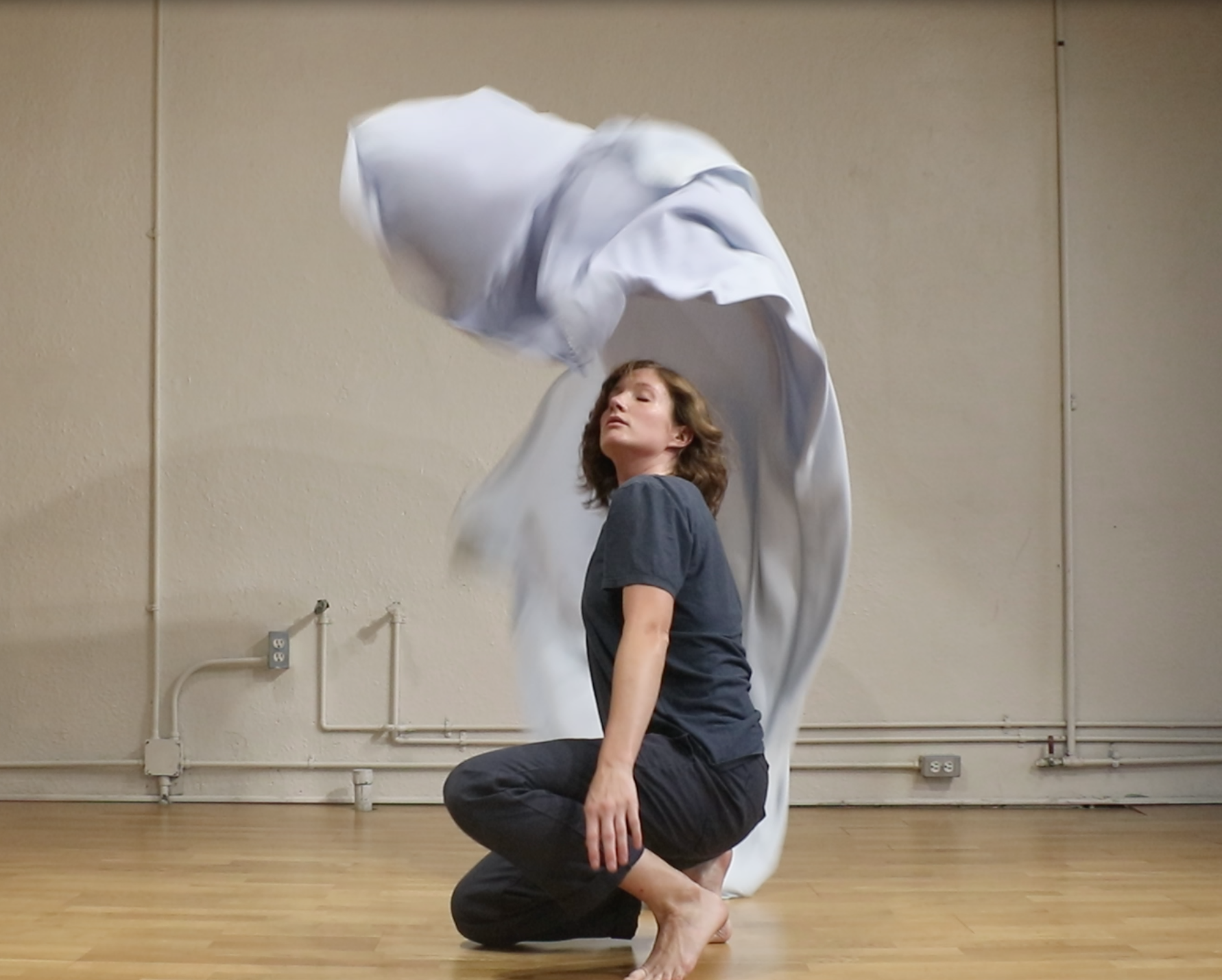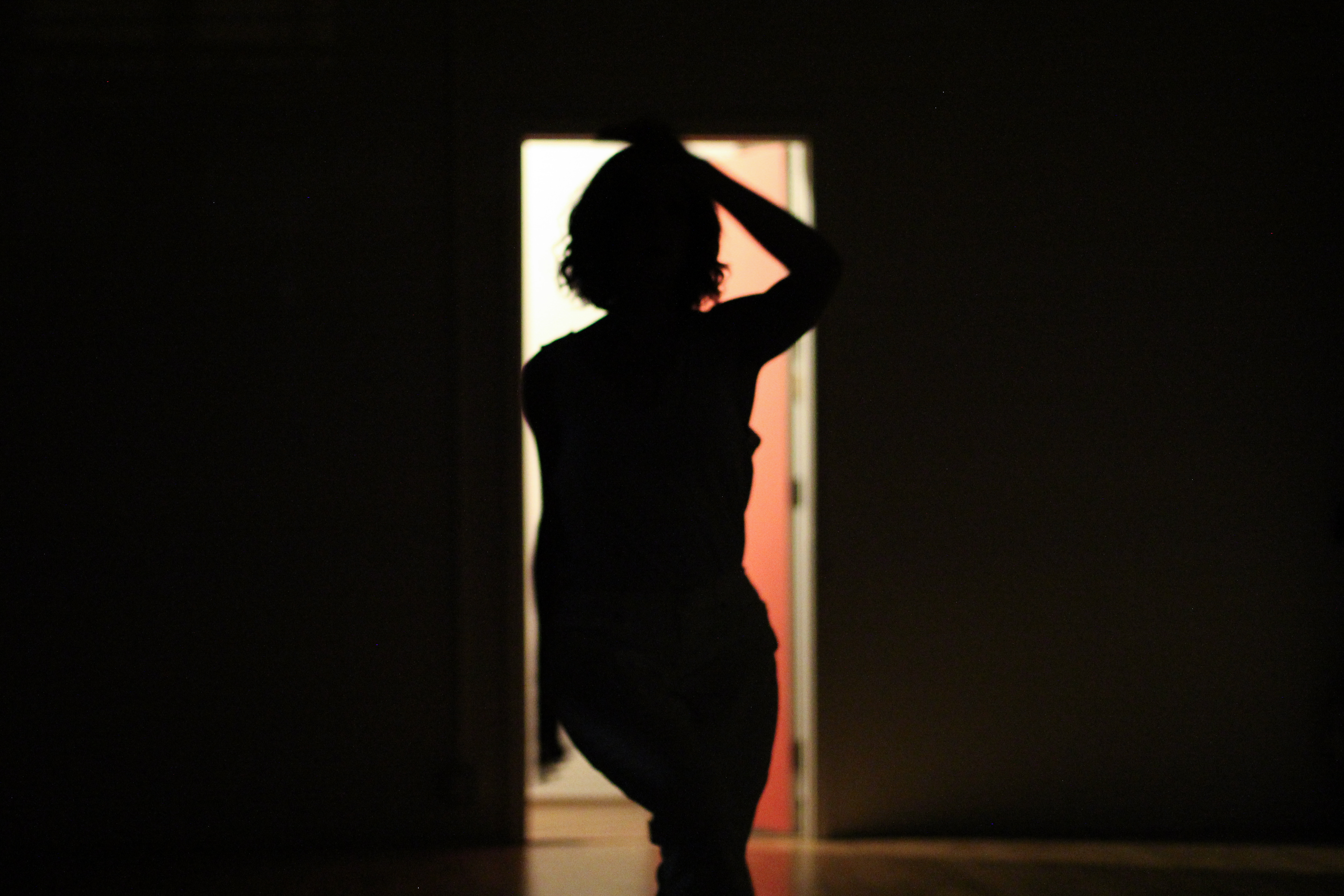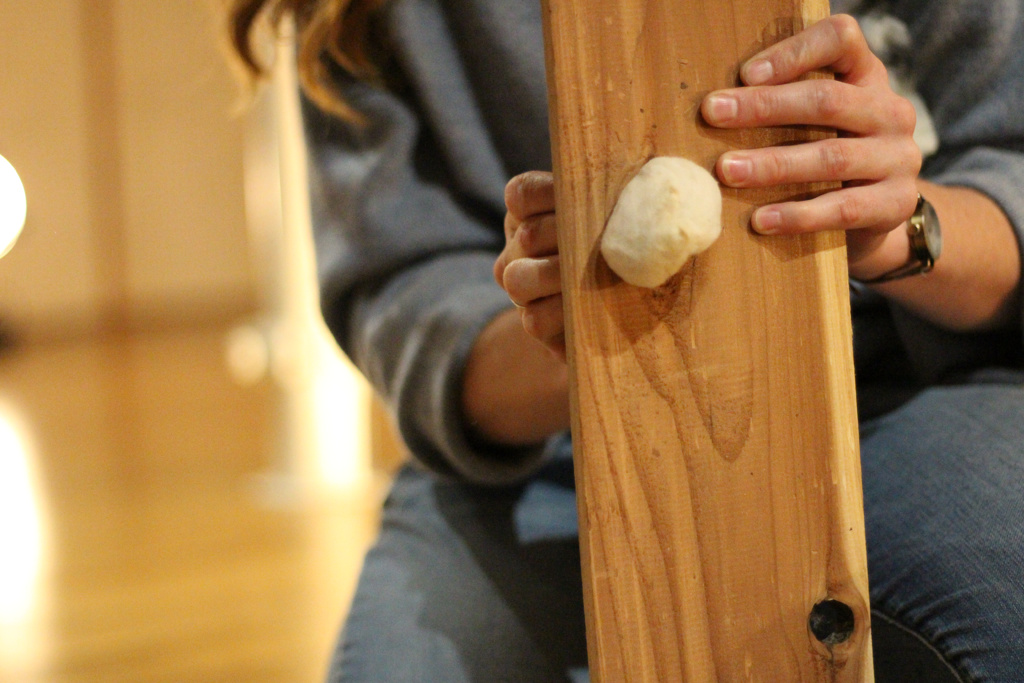
Paper Bags
Pieter Performance Space
Los Angeles, CA
2019
photographer: Kestrel Leah
As an object, paper bags are a complicated signifier, with important historical moments.
Near the turn of the 20th century, young girls were working in factories at a young age. Margerat Knight began working in a cotton-mill factory at the age 12, and impressively set about making improvements to machinery. She invented an automated mechanism that could fold flat bottomed paper bags without error. She fought and proved herself in court to win her patent in 1871 - at a time in when not many women could own intellect property.
In the earyl 1970’s mothers demanded brown-bag lunch program, as they were fighting there way into the workforce. They were expected to be at home, even mandated by law, to feed their children lunch during the school day. They protested by sending their children to school with lunch in a paper bag.
The brown paper bag test beginning around the 1960’s was an oppressive demonstration of colorism and racism comparing a person’s skin color to that of a paper bag.
Another complexity folded into my research, was examining blurred scenarios of sexual assault where women are often blamed. A common phrase used to objectify women in sex is to “put a bag over her head.”
Pieter Performance Space
Los Angeles, CA
2019
photographer: Kestrel Leah
As an object, paper bags are a complicated signifier, with important historical moments.
Near the turn of the 20th century, young girls were working in factories at a young age. Margerat Knight began working in a cotton-mill factory at the age 12, and impressively set about making improvements to machinery. She invented an automated mechanism that could fold flat bottomed paper bags without error. She fought and proved herself in court to win her patent in 1871 - at a time in when not many women could own intellect property.
In the earyl 1970’s mothers demanded brown-bag lunch program, as they were fighting there way into the workforce. They were expected to be at home, even mandated by law, to feed their children lunch during the school day. They protested by sending their children to school with lunch in a paper bag.
The brown paper bag test beginning around the 1960’s was an oppressive demonstration of colorism and racism comparing a person’s skin color to that of a paper bag.
Another complexity folded into my research, was examining blurred scenarios of sexual assault where women are often blamed. A common phrase used to objectify women in sex is to “put a bag over her head.”
Paper Bags is a dark comedy. It engages viewers with the multiple senses, incites audience member participation, and plays with perceptions of sensuality.
Georgio Agamben writes that to meditate on Pulcinella, a commedia dell’arte character, is to ask, “Have I truly lived my life? Or is there still something left in it that I have not been able to live? This unlived is like a faceless stowaway who accompanies me day after day whom I am never able to catch and speak to. How much of my life belongs to me, how much to Pulcinella and how much to others? And what does it mean to live with something unlived”
Georgio Agamben writes that to meditate on Pulcinella, a commedia dell’arte character, is to ask, “Have I truly lived my life? Or is there still something left in it that I have not been able to live? This unlived is like a faceless stowaway who accompanies me day after day whom I am never able to catch and speak to. How much of my life belongs to me, how much to Pulcinella and how much to others? And what does it mean to live with something unlived”










